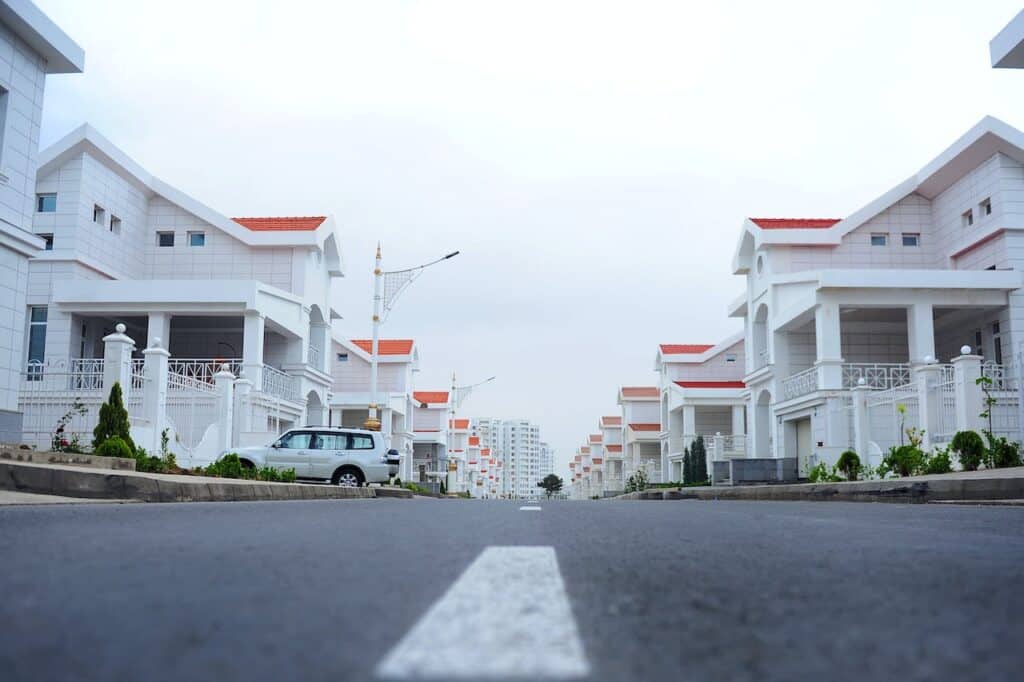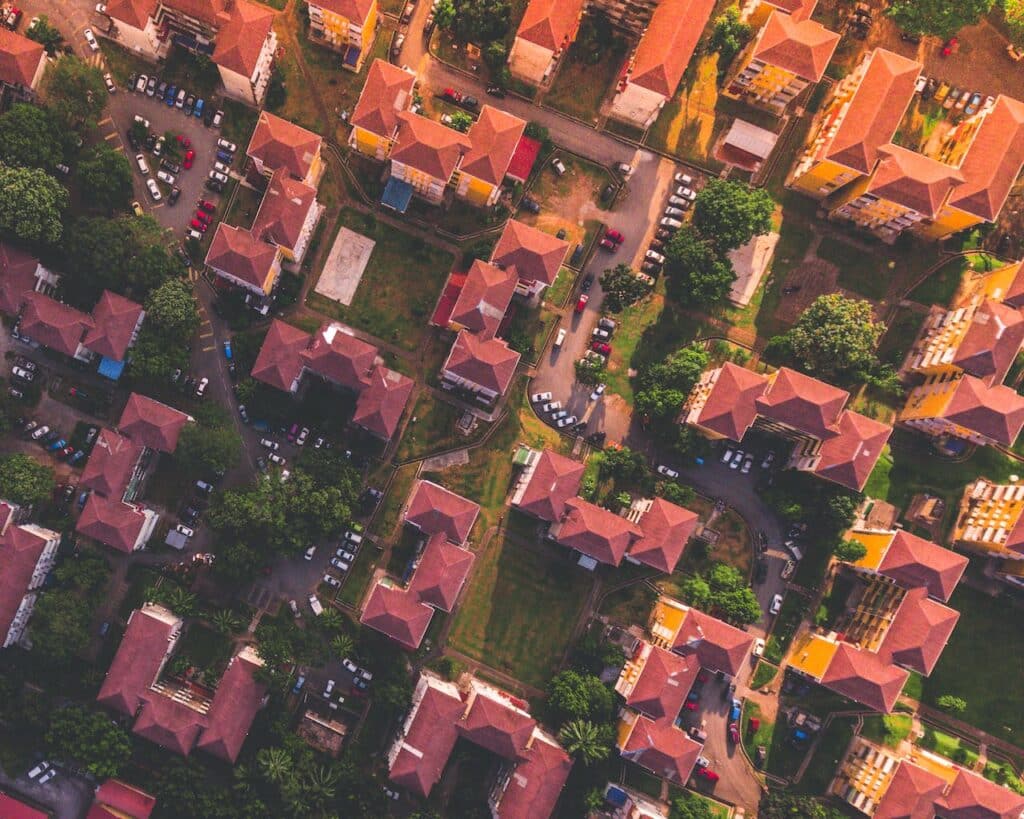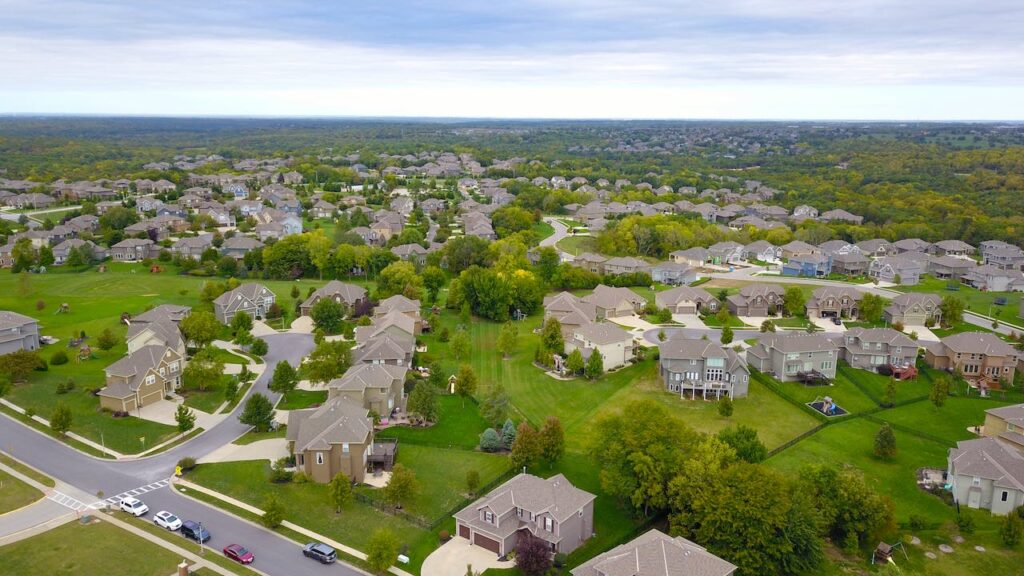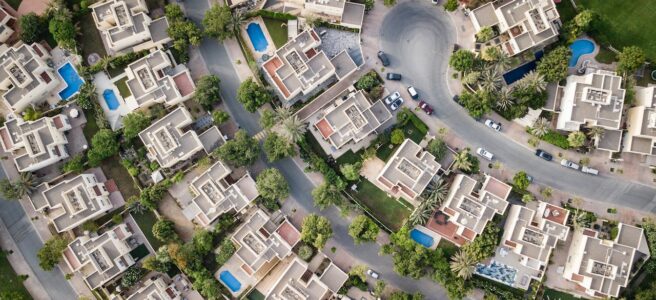Real estate development is not just about building houses and commercial complexes but also about transforming communities. From providing affordable homes, creating jobs, and enhancing public infrastructure to revitalizing neighborhoods, real estate developments have a far-reaching impact on society. Industry expert Timur Yusufov will discuss how real estate development transforms communities and why it is essential for the growth of societies.

Creating Affordable Homes and Promoting Social Equity
One of the most significant ways real estate development transforms communities is by providing affordable homes for low-income families. By building affordable housing units, developers can fulfill the demand for affordable homes in the area, making it accessible to those who might otherwise be excluded from homeownership. Real estate development can help reduce poverty and homelessness and promote social equity in the community by creating equitable access to safe and secure housing.
Additionally, real estate developers also have a social responsibility to provide housing for vulnerable populations and address issues of gentrification. Through collaboration with local governments and community organizations, developers can ensure that their projects are not displacing long-term residents but creating opportunities for them to stay in their communities.
Creating Jobs and Boosting the Local Economy
Real estate development creates job opportunities in the local community, providing employment opportunities for architects, contractors, and other professionals. This leads to the creation of new businesses and helps to diversify the local economy. Additionally, new businesses attract more patrons, improving the local economy and contributing to increased job growth. In turn, this leads to increased spending power, further enhancing the quality of life in the community.
One way to boost local economies through real estate development is through mixed-use developments. These developments combine residential, commercial, and retail spaces in one location, creating a self-sustaining community that offers diverse job opportunities.

Enhancing Public Infrastructure and Connectivity
Real estate development can also enhance public infrastructure, including roads, bridges, and sewage systems. During the construction period, the developers may work with the local government to improve the roads, utility lines, and other infrastructure, creating a lasting benefit for the community. Additionally, real estate development often brings residents closer to essential services such as schools, healthcare facilities, and public transportation, allowing them to access previously unavailable resources.
Revitalizing Neglected Neighborhoods
Neglected areas and abandoned buildings can become eyesores and crime magnets, creating unsafe conditions and suppressing the community’s vitality. Real estate development can help to breathe new life into neglected areas by renovating or rebuilding existing properties, creating new business opportunities, and bringing in new residents.
Revitalizing a neighborhood can also have a knock-on effect, as other areas in the vicinity may also see increased demand and investment, further benefiting the community. For instance, a once rundown neighborhood may become a vibrant hub for young professionals or families, attracting new businesses and investment. This can increase property values, improve infrastructure, and a stronger sense of community pride.

Creating Sustainable and Environmentally-Friendly Communities
Real estate developers are increasingly focused on creating sustainable and environmentally friendly communities. This includes using energy-saving technologies, reducing water usage, and utilizing renewable energy sources in the construction process. By building sustainable homes and commercial spaces, developers can help reduce the carbon footprint of the community, as well as create a cleaner and healthier living environment for residents.
In addition to the direct impacts on the community, real estate development also has indirect benefits that contribute to society’s overall well-being and growth. For example, by creating jobs and bringing in new residents, developers can help boost tax revenues for local governments, enabling them to invest in public services and programs that benefit everyone. Real estate development also fosters innovation, as developers continually seek out new and creative ways to meet the ever-changing needs of communities.
Final Thoughts
This article shows how real estate development goes beyond constructing homes and commercial spaces. It has a far-reaching impact on communities, creating jobs, providing affordable homes, enhancing public infrastructure, revitalizing neighborhoods, and creating sustainable and environmentally friendly communities. As society grows, real estate development will play a critical role in shaping our communities, providing valuable services that improve our quality of life and promote social equity.
